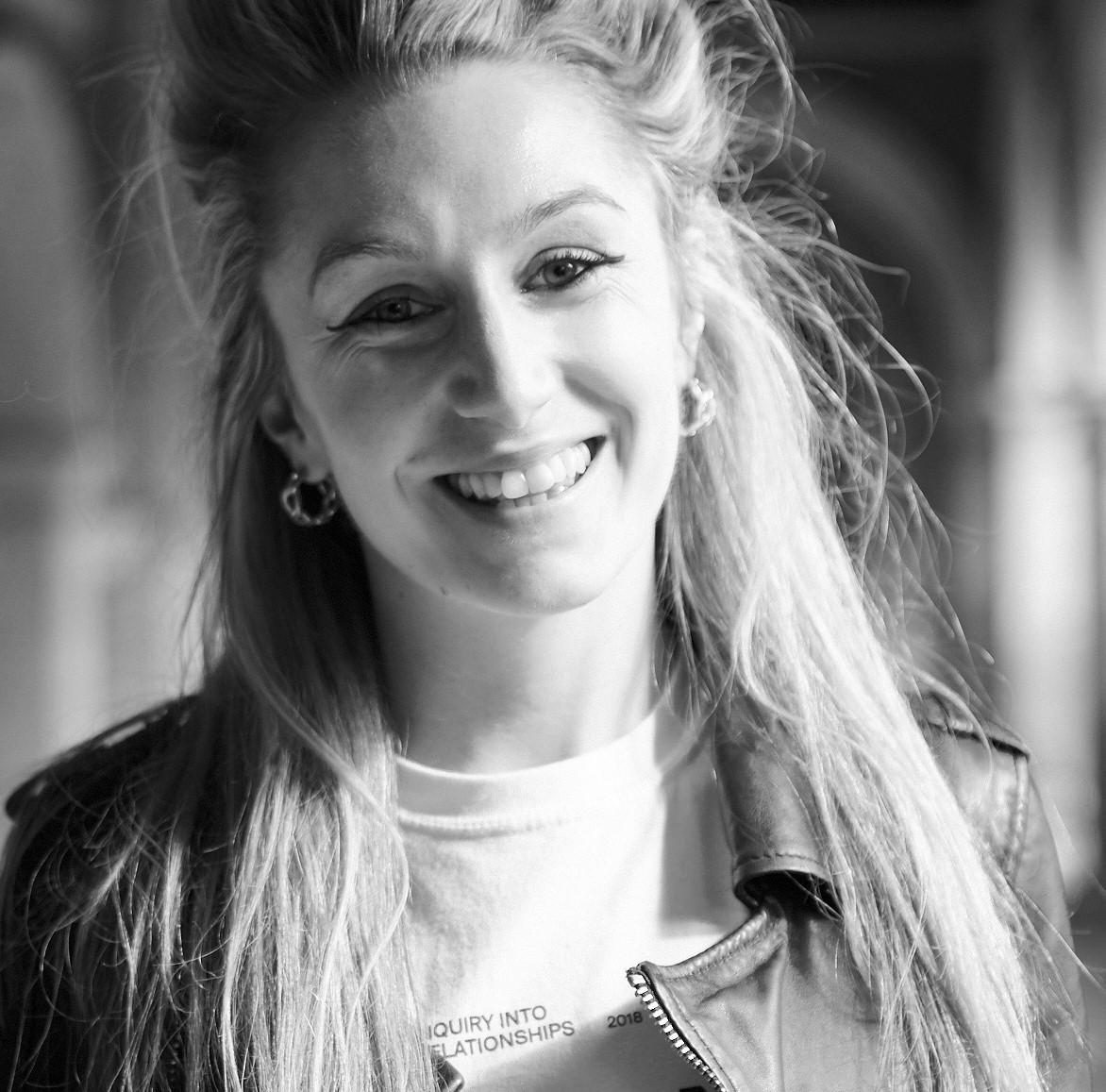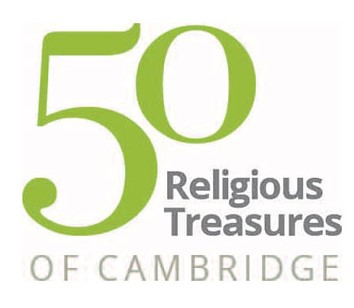Explore questions of gender, faith and obedience with Dr Ruth Jackson-Ravenscroft
Meet your lecturer
This film is a collaboration between Ruth Jackson Ravenscroft, an Affiliated Lecturer in the Faculty of Divinity, Cambridge, and a postdoctoral research fellow at Sidney Sussex College, and scenographer and artist Riitta Hakkarainen. Ruth is fascinated by Christian theology and questions concerning gender and epistemology (the philosophical study of the nature and limits of knowledge), and she has a special interest in late eighteenth and early nineteenth-century thought. Ruth’s research encompasses theology, philosophy, literature, and intellectual history.
The Annunciation is the Biblical story where the Angel Gabriel tells Mary she is bearing a child, who is the Son of God. This story is a popular theme in medieval and modern European art and culture, and the illustrations in this film were inspired by real life paintings, including by Leonardo Da Vinci, Sandro Botticelli, Luca Giodano, Dieric Bouts, El Greco, Caravaggio, Henry Ossawa Tanner, Edward Burne Jones, Dante Gabriel Rossetti, George Hitchcock, John Collier, James Tissot, Paula Rego, Richard Hamilton, Tracey Emin, and Gottfried Helnwein.
Explore further
The Annunciation by Domenico Veneziano is held in the Fitzwilliam Museum in Cambridge, and is one of the paintings used for inspiration in this film. The painting was originally part of an altarpiece. The focal point of the bolted door is considered to refer to Mary’s virginity.
The Mater Dolorosa is part of the 50 Religious Treasures of Cambridge collection, and depicts the Mother Mary at another significant event in her life, the crucifixion of Jesus. The Mater Dolorosa was used as an important devotional aid, to help inspire people in their prayers. Christians have often disagreed about art. In the eighth and ninth centuries, many Christians in the Byzantine Empire turned against images in churches, as they were worried it might lead to idolatry: the worship of material things rather than God. In contrast, the Roman Catholic Church became even more committed to religious art as a way to make religious belief more real.
The Qu’ran is the central text of Islam. The Angel Gabriel is considered important here too as a messenger, with the Qu’ran believed to be a revelation from God to Muhammad through the Angel.
What do you think?
What does the annunciation story tell us about our understanding of the nature of truth, and the reality of God as Creator?
How might the story of the annunciation challenge our beliefs around how women’s bodies are perceived and valued today?
What kind of choice do you think Mary had?
Who is Mary, and what is her role within the Christian tradition?
What is surprising about the story of the annunciation?
How does Luke ‘paint the picture’ of the annunciation story with words?
In what ways can religious art express beliefs about Mary and the divine?



